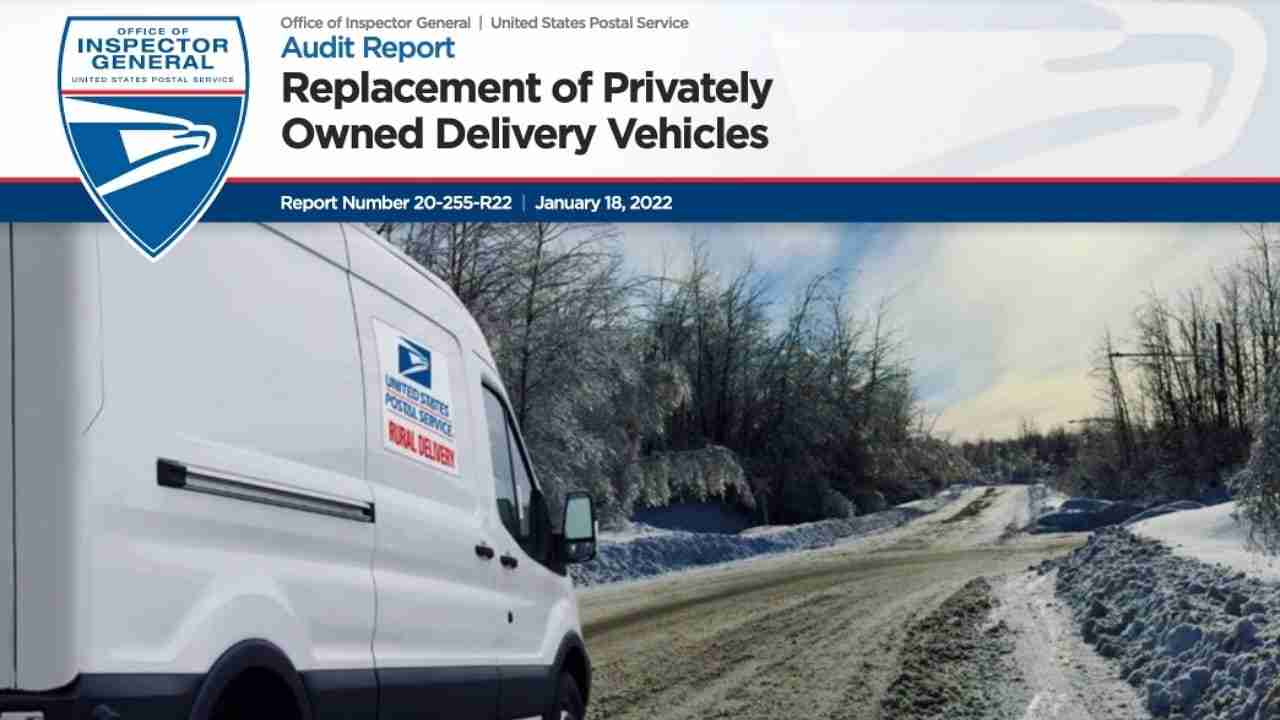Background
In fiscal year (FY) 2020, the U.S. Postal Service had about 133,000 rural letter carriers and associates delivering mail on over 79,500 rural routes. A rural route can be a government owned vehicle (GOV) route where the Postal Service provides the delivery vehicle, or an equipment maintenance allowance (EMA) route where the carrier provides the vehicle and receives fuel and maintenance reimbursement. That same year, the Postal Service paid rural letter carriers almost $583 million for more than 36,900 EMA routes.
What We Did
Our objective was to assess the Postal Service’s strategy for assigning GOVs to EMA routes. Specifically, we assessed whether related Decision Analysis Report acquisition plans were effectively implemented and whether future acquisition plans will be cost effective. For this audit, we reviewed a random sample of 135 GOVs acquired by December 31, 2020, to convert EMA routes to GOV routes. In addition, we reviewed nationwide EMA route conversions completed from May 9, 2020, to January 1, 2021, and evaluated the remaining EMA routes suitable for conversion under future acquisition plans.
What We Found
The Postal Service’s strategy to permanently assign GOVs to EMA routes was generally effective. However, the Postal Service did not maximize cost savings related to EMA route conversions in two primary ways: it did not implement conversions timely, causing EMA payments to last longer than anticipated and it did not always correctly prioritize EMA route conversions. This occurred due to a lack of written guidance from headquarters and a nationwide tool or report to promptly identify timeliness issues or changes to preselected EMA route assignments.
While the Postal Service took corrective action during our audit, including developing a dashboard to monitor deployment progress and requiring approval of changes to preselected EMA route assignments, the lack of written guidance on expected vehicle deployment and utilization timeframes may contribute to future delays.
Finally, we identified that the proposed plan for future EMA route conversions would not be the most cost-efficient option. Although Postal Service officials acknowledged that conversion of some EMA routes would not maximize overall cost savings, they noted the importance of other benefits of the acquisition, such as increased safety. While we recognize the collective benefit of the other considerations, potential cost implications warrant a separate analysis for future vehicle purchases.
Recommendations
We recommended management develop and issue written guidance establishing expected timeframes for new vehicle deployment and utilization on rural routes and analyze and include the potential financial impact associated with rural route conversions that would not result in cost savings for consideration in future Decision Analysis Reports for vehicle acquisition.

